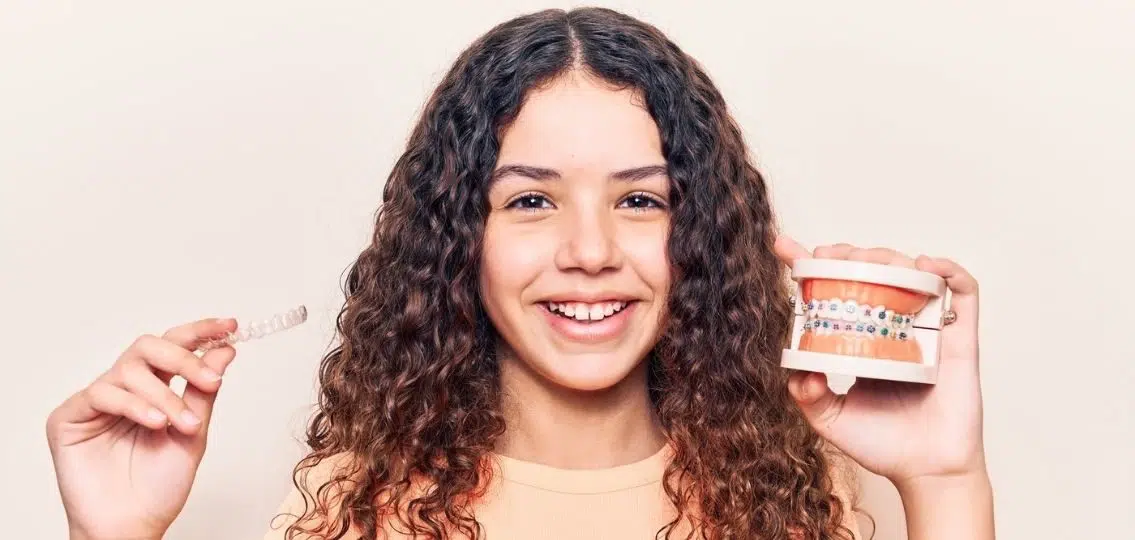As a mom to three boys, I’ve spent a lot of time (and, let’s be honest, money) at the orthodontist. And as with anything involving kids, our journey was different each time. One child had braces on his top teeth during elementary school and never needed another set. Another wore a full set of braces throughout much of high school, and the third “graduated” after only using a palate expander when he was in kindergarten.
These varying options are par for the course, according to Dr. Philip D. Bomeli of Solon Orthodontics in Solon, Ohio, who says that each patient receives a treatment plan customized to their situation. Here’s his advice on what to expect from your first ortho appointment if you are considering braces for your kids.
Get an orthodontist consultation early.
While it’s never too late to improve the appearance and health of your teeth, many kids are starting earlier than you might imagine. “I like to see kids when they are seven or eight years old,” Bomeli says, which allows him to map out a customized treatment plan.
For many, that includes an intervention while they are younger, with potentially more work later. But just because you have earlier treatment, doesn’t mean it’s always longer in duration. “If you have an intervention, then have a break and then get braces, the net treatment time could be longer, but it also might be less complicated because you had that initial treatment,” he points out.
| [adrotate banner=”244″] |
While referrals often come from a general dentist, many parents notice their kids’ teeth are looking crowded and decide to call proactively. “It’s never a bad idea to have an orthodontist take a look,” Bomeli says. “They’ll tell you if early intervention is needed or note any initial concerns they want to watch.”
You can put your child’s mind at ease.
If your child is hesitant to go to the orthodontist, Bomeli stresses that the first orthodontic appointment in particular is extremely low-key, often involving a tour of the office and then a conversation about the child and their interests. He knows they might be nervous, so he enjoys breaking the ice and getting to know them. “I got into this line of work because I like working with people, not just teeth,” he says. “Often we have a long relationship; it could be I treated them at 14 and they’re still coming in for a retainer check at 26.”
The initial consultation will include a set of X-rays to begin look for teeth that are missing or identify those that have yet to erupt. It also will involve a series of measurements to properly evaluate the situation to make recommendations for treatment now or in the future.
He also says patients are delighted to learn they no longer do “impressions,” which was a somewhat uncomfortable process that entailed making a cast of the teeth to see which corrections were needed. Today, that’s all done via digital scanners. (Hooray for technology!)
Be open minded about braces options.
Sometimes kids or parents come in certain they want clear tray aligners, yet some situations call for traditional braces. “While the aligners can be very effective, sometimes braces are the best tool. We need to keep the long-term goal in mind, and work together on what will get us there most effectively,” Bomeli says.
But whenever possible, he will defer to personal choice if someone is a suitable candidate for either method of treatment. “I want to set my patients up for success. It’s a team effort that often goes more smoothly if we have buy in.”




